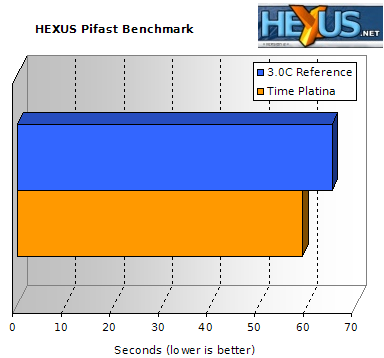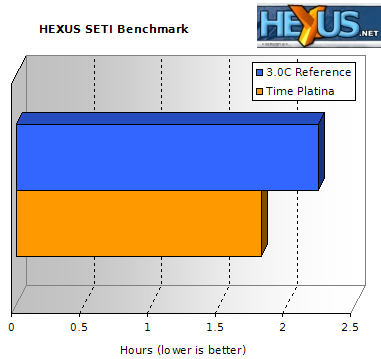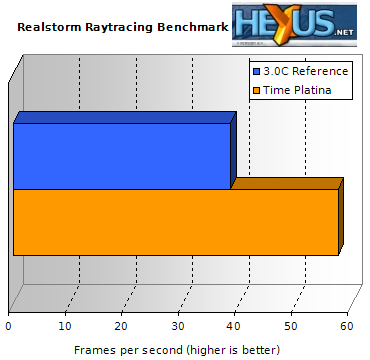System Benchmarks I
Before we start with the graphs, a quick note on what we should be looking out for. The Athlon 64 is noted, performance wise, for a few key features. The 1MB L2 cache layout, new TLB layout and branch predictor and the crowning glory, the very low latency onboard memory controller. As far as traditional performance increases go, an increase in L2 size is a decent way to get there as Intel's 3.2GHz Extreme Edition shows. Intel systems equipped with Springdale or Canterwood chipsets (the most comparable to Opteron), along with previous Intel chipset efforts, have recently enjoyed excellent memory performance due to low latency before accesses and high efficiency. Opteron, the base for the FX-51 used in the Platina, seeks to do the same, offering the lowest latency memory controller available in a shipping x86 computer system today.It's that memory controller, along with the L2 cache enhancements versus Barton, that will help to keep the Platina competitive with the Springdale powered reference system in memory bound tests, despite only being equipped with relatively high latency DDR333 modules.
What we're looking for in the majority of benchmarks involving traditional subsystem components such as the CPU and memory controller, is for the Platina to outstrip the 3.0C reference system. By how much will be the key factor, since the memory modules used are a limiting factor. A big enough gap and the Platina earns the cash you'll have to splash to get one, too small a gap and a significantly cheaper Intel based system will start to look much more attractive.

Pifast first. Pifast is extremely adept at pointing out the strengths and weaknesses of a memory controller and the modules installed used with it, making it a barometer for performance throughout the rest of this review. With the Platina system comfortably outpacing the 3.0C, by nearly 11% despite the module handicap, the FX-51 is getting into its stride early.

SETI seeks to underline what Pifast tells us, a lover of a strong FPU and memory controller performance, and the gap between the two rises to a faintly rediculous 19%. The L2 cache helps add the ~9% of extra performance hidden from us with Pifast, which sits nicely in a Northwood P4 cache as far as working set goes. The traditional advantage of more is better is vindicated here, FX-51 makes light work of SETI.

Realstorm is a relatively new addition to the HEXUS system and CPU testing suite. It favours AMD processors completely, with XP3200+ Barton able to beat out all current P4's. FX-51 widens the already impressive gap. Realstorm is sensitive to memory timings and final CPU clock, so 2.2GHz helps mask any performance penalty from running the Micron DDR.









